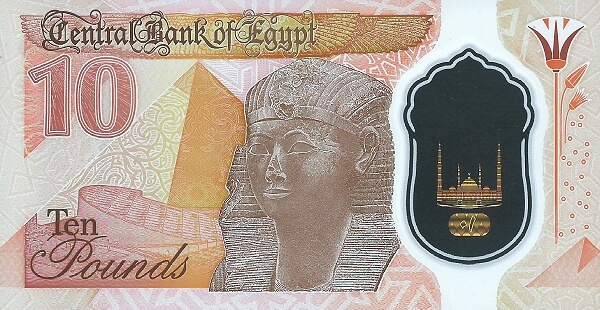Embarking on a journey through Egypt isn’t just a feast for the senses — it’s also an invitation to engage with a living history, and that includes its money. Whether you’re exploring ancient temples, bargaining in a Cairo souk, or cruising the Nile, understanding Egypt’s currency enhances your experience and helps you travel smarter.
At the heart of this economic and cultural system lies the Egyptian pound (EGP) — a currency rich in history, beauty, and national pride.
The Egyptian Pound: A Quick Overview
The Egyptian pound, symbolized as E£ or EGP, is the official currency of Egypt. It’s issued and regulated by the Central Bank of Egypt (CBE), and it plays a central role in every transaction — from luxury hotel check-ins to street food snacks.
The currency is divided into 100 piastres, though piastres are rarely used today except in coins or small denominations.
A Brief History of Egypt’s Currency
- Pre-19th century: Barter and foreign coins were common.
- 1834: The piastre was introduced under Muhammad Ali Pasha.
- Late 1800s: The Egyptian pound replaced the piastre during British rule.
- 1961: The Central Bank of Egypt was established.
Today, the pound continues to evolve with Egypt’s economy, reflecting both ancient legacies and modern ambitions.
More Than Money: The Design of Egyptian Banknotes
Egypt’s banknotes are visual masterpieces — blending Islamic architecture, pharaonic landmarks, and Arabic artistry. For example:
- 10 EGP: Al-Rifa’i Mosque
- 50 EGP: Ramses II at Abu Simbel
- 100 EGP: Mosque of Qani Bay
- 200 EGP: Sultan Qaytbay Mosque
These notes are more than cash — they’re small cultural souvenirs.
Ready to sail through history? Check out our Nile Cruises to explore unforgettable journeys between Luxor and Aswan.
Exchange Rate: What Is 1 USD in Egyptian Pounds?
As of July 2025: 1 USD ≈ 51 EGP
This rate fluctuates, so always check live rates before exchanging. Tools like XE.com or Google are reliable.
Travel Tip:
Use cash for local experiences like bazaars, taxis, and street food. Keep small notes handy!
Currency Tips for Travelers in Egypt
- Bring multiple payment options – cards for hotels, cash for markets.
- Use official ATMs to withdraw cash at better rates.
- Avoid airport exchanges – the rate is usually worse.
- Tipping is normal – drivers, guides, porters all expect small tips.
Egypt’s Economic Reform and the Currency’s Journey
In 2016, Egypt floated the pound — letting supply and demand dictate its value. This helped:
- Boost exports
- Attract foreign investment
- Stabilize foreign reserves
Tourism remains one of the biggest drivers of Egypt’s currency strength.
What the Egyptian Pound Means for Travelers
The pound is more than money — it’s part of your Egypt adventure:
- 10 EGP for falafel
- 200 EGP for your driver
- Exchanging pounds for spices or scarves in Khan El Khalili
It connects you to local life — one transaction at a time.
Fun Facts About the Egyptian Pound
- Coins: Yes, they still exist — mostly 1 EGP and 50 piastres.
- Polymer Notes: Egypt is printing durable plastic notes now.
- Languages: Arabic on one side, English on the other.
Discover More Than Just Currency
When you hold an Egyptian pound, you’re holding part of a nation’s soul — its history, resilience, and beauty.
And when you travel with Nile Empire, we don’t just guide you through temples — we help you connect with Egypt on every level, including how to use your money like a local.
Plan Your Private Egypt Tour with Nile Empire
We help you make the most of your time, your experiences — and your budget.
Ready to explore Egypt your way?
👉 Contact Nile Empire to start planning your unforgettable journey.

